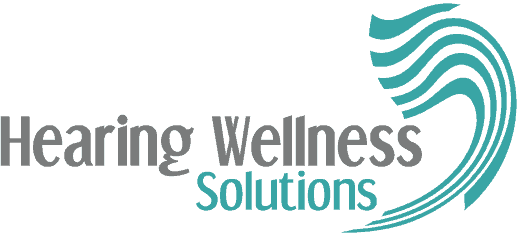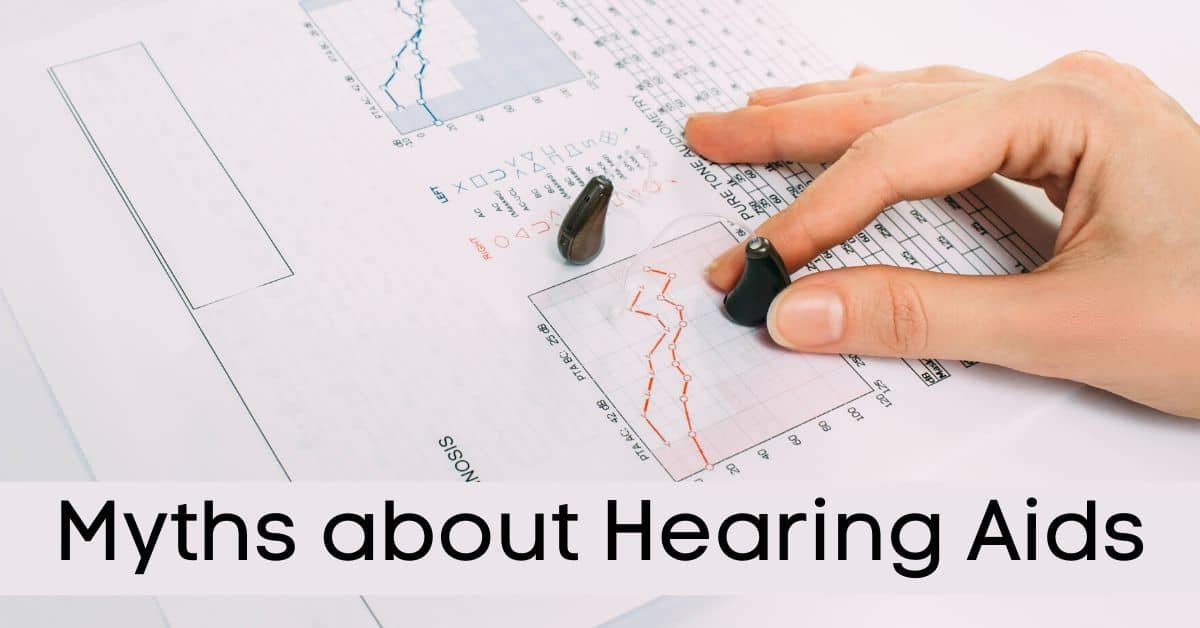For being such tiny devices, hearing aids certainly carry with them a lot of myths that are simply untrue. Read below to learn about some of the most common myths surrounding hearing aids and hearing loss. Perhaps you’ve heard of or even believe some of these common untruths!
Myth #1: Hearing aids are just plain ugly.
Sure, hearing aids of decades past were bulky beige eyesores that could be spotted from a mile away. Luckily, like most modern technological devices, hearing aids have come a long way!
Today’s hearing aids pack impressive features into extremely tiny packaging. Some hearing aids are so tiny that they fit completely inside the ear canal and are virtually undetectable to others around you. Even hearing aids that are not considered “invisible” are surprisingly discreet. When searching for hearing aids online, it is difficult to truly understand how small and sleek they really are. The best way to get a feel for the look and style of modern hearing aids is to truly experience them in person.
Myth #2: Hearing aids will make me look and feel old.
Little in this world will make you feel older than not being able to participate in normal conversation because you can’t understand those around you. It’s isolating to constantly feel like your loved ones are annoyed by the volume of your TV or music. With hearing aids, these woes are significantly reduced. When you can reconnect with those you love on a deeper level again, you likely will feel healthier, happier and younger.
Studies have also found that people who choose to treat their hearing loss with hearing aids are seen as “younger” and more competent and capable at work than their peers who choose to leave their hearing loss untreated.
Myth #3: Hearing aids are too expensive.
There are many ways to reduce the actual financial investment of hearing aids. Government grant programs, assistance from some health insurance plans, manufacturer offerings, and hearing clinic financing plans are all viable options.
Looking beyond the cost of the hearing aids, it is also important to consider the value that hearing aids bring to your wallet. Many studies have found that people with untreated hearing loss are more likely to experience unemployment, more likely to be passed up for a promotion, and – on average – earn about $12,000 per year less than their peers without hearing loss.
Myth #4: Hearing aids are only for people with severe hearing loss.
On average, Americans wait about 7 years from the time they notice changes in their hearing to the time they seek treatment. The reasons for this are most likely a the fact that hearing loss is usually really gradual, making it hard to a person to realize they are losing their hearing; combined with the notion that one’s hearing loss is “fine” and isn’t “bad enough” for hearing aids yet.
Hearing aids are manufactured to help people with even the slightest degree of hearing loss. A hearing loss of just a few decibels can have a real impact on your quality of life, and treating your hearing loss with hearing aids is a great way to negate that impact. Even if you feel your hearing loss isn’t that bad.
Myth #5: Hearing aids just make everything loud.
This is true with some analog hearing aids of yesteryear. Fortunately, hearing aids of today are much smarter. Modern hearing aids are actually able to intuitively and instantly decipher if a sound is useful – like speech – and will amplify these sounds. Noises that the hearing aids determine are not useful – like background traffic noise – are not amplified and sometimes even made quieter. This helps hearing aid wearers to fully focus on and hear the things that are important to them, rather than just hearing the entire world at a louder volume.
Hearing Wellness Solutions
If you have recently noticed changes in your hearing, reach out to our friendly team. We would love an opportunity to help you on your adventure towards better hearing and an improved quality of life.
Do you have questions about these hearing aid myths or any others? We have you covered there too. We love to work hand-in-hand with our clients to answer each and every one of their questions and concerns.


